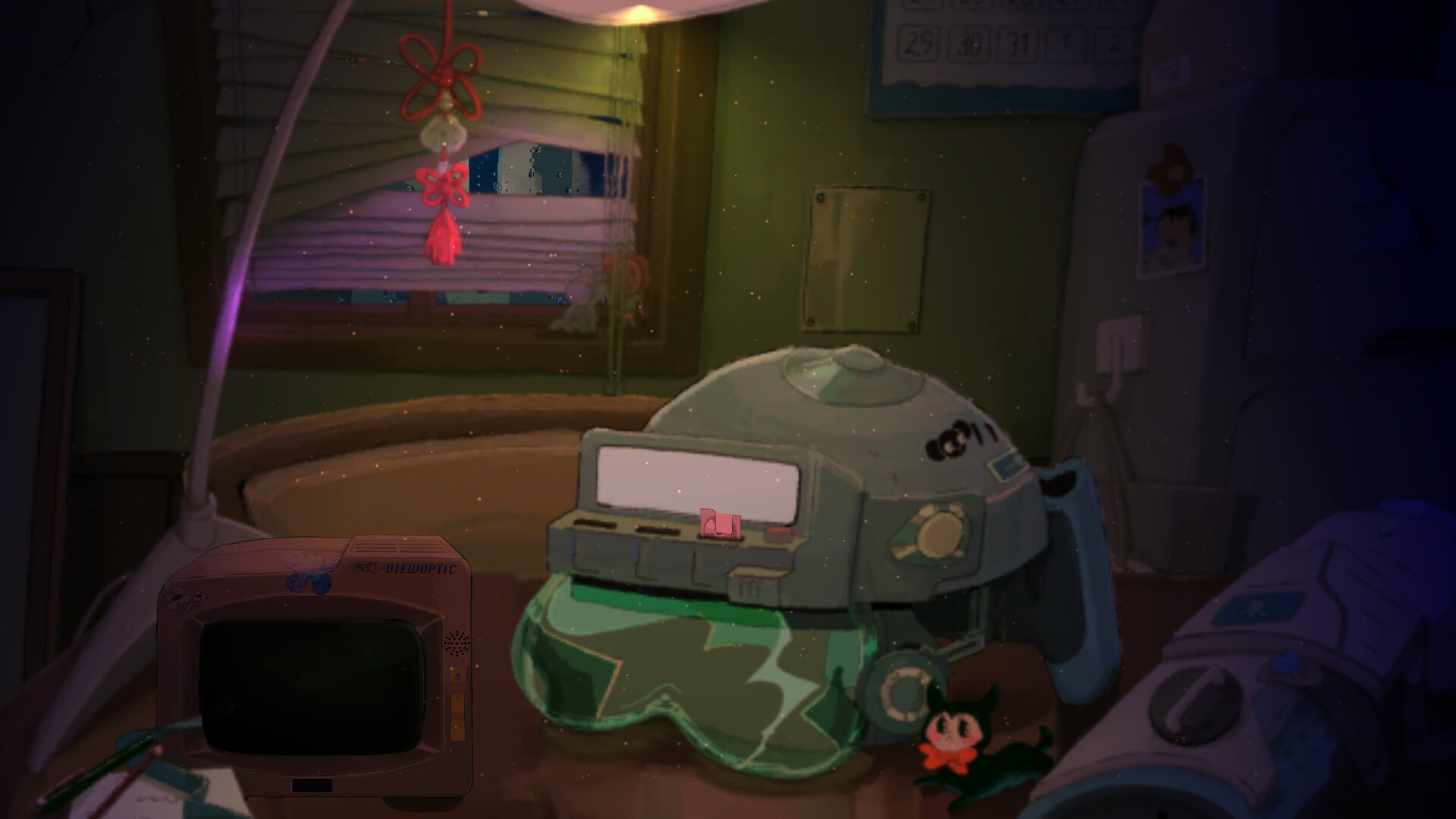
Guillermo del Toro’s Pinocchio will stream on Netflix on Dec. 9. It was reviewed out of the Manchester Animation Festival.
When it comes to Pinocchio, there’s arguably a surplus of movies about the mischievous puppet boy. Since Carlo Collodi’s children’s fantasy novel serial was published in a single book form in 1883, in fact, The Adventures of Pinocchio have been adapted for the silver screen 21 times. Two of which were released rather recently in live-action form: the disappointing Robert Zemeckis remake of the 1940 Disney animation and Matteo Garrone’s impressive Italian version that stuck more closely to the original source material. Now Guillermo del Toro has served up the 22nd adaptation, his passion project; an animated feature using stop-motion puppets that uses Collodi’s tale as a jumping-off point to weave in historical fact with fantastical, at times macabre fiction. Its arrival shortly on Netflix does beg the question: do we need another Pinocchio movie? In the case of del Toro’s offering, the answer is: hell yes! This film is a majestic work of art.
Based on Gris Grimly’s design from his 2002 edition of Collodi’s book, Manchester-based animation studio MacKinnon & Saunders has brought to life gorgeous, eye-popping, textured puppets whose dynamic personalities have been carved into every groove, limb, and feature. You can see the dirt under Gepetto’s (David Bradley) nails and the tiredness around his eyes from his decades-long career of carpentry in a small hillside town of Italy. He’s become a sad and lonely drunk after the death of his charming son Carlo during the Great War, a relationship the story spends joyous time with early on to emphasize just how profound a loss it is to the father. He fashions a wooden stand-in for his lost boy, like a mad scientist during a drunken stupor, and the result is rather rough around the edges. But when Tilda Swinton’s feathered Wood Sprite gives it life and names it Pinocchio (Gregory Mann), his slapdash body matches his haphazard outlook on life.
She’s a wondrous sight; the Wood Sprite is a mythical-looking creature whose vibrant color palette and eye-shaped plumage seem inspired by the Nazar of Arabic folklore. Sebastian J. Cricket’s (Ewan McGregor) appearance is also on the blue spectrum but a darker, more regal hue to match his rather inflated sense of self as a traveling writer looking to pen his own memoir. Sebastian is both a narrator and guiding supporting character to the wilful, naive, and boisterous wooden boy, whose funniest moments come at the cricket’s own expense. “I’m a homeowner!” he whines when the tree trunk he’s squatting in becomes Pinocchio’s chest. The British accents are a little jarring (most of the background characters have Italian accents) but McGregor, Bradley, and Mann never fail to imbue Sebastian, Gepetto, and Pinoccio with warmth, vulnerability, and emotional gusto, Mann especially during some sensational singing scenes. His high-pitched musical theater range has a lovely husk to it when performing songs composed by Alexandre Desplat using thematically suited wood instruments. “Ciao Papa” and “Everything is New To Me” are the type of plot-pushing numbers that suggests this film might be getting a stage adaptation soon enough.
The story hits lots of the same beats as previous retellings – Christoph Waltz’s opportunistic carnival showman Count Volpo tricks Pinocchio into leading his roadshow, forcing Gepetto on a rescue mission and in turn needing rescuing from a massive sea creature. Volpo is a mash-up of Mangiafuoco, the Fox, and the Cat and Waltz knows all too well how to seamlessly switch this antagonist between sweetness and malice.
This is by no means a sanitized version of the story and its antifascist messaging is pretty timely. Set predominantly during the 1930s, when Mussolini’s regime infected the furthest reaches of Italy, various citizens live in quiet fear. Podesta is the fascist enforcer in Gepetto’s town and voiced with spine-tingling menace by Ron Perlman. After discovering Pinocchio’s ability to come back from the dead, he schemes to enlist him into a brutalist-looking fascist youth camp (the production design throughout is outstanding) alongside his own young son whose life he is willing to sacrifice for this war. This serves as the other dysfunctional father-son relationship in a story about grief, love, and accepting each other for who we are rather than rejecting each other for what we are not.






